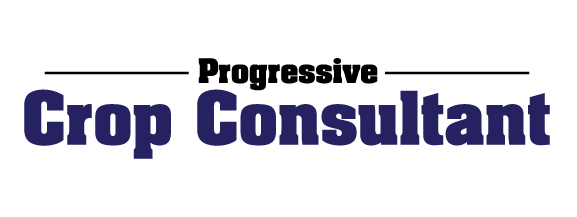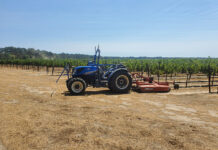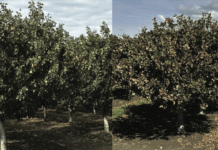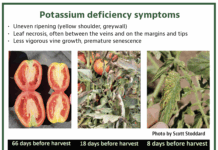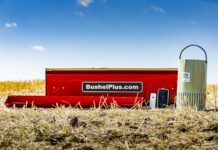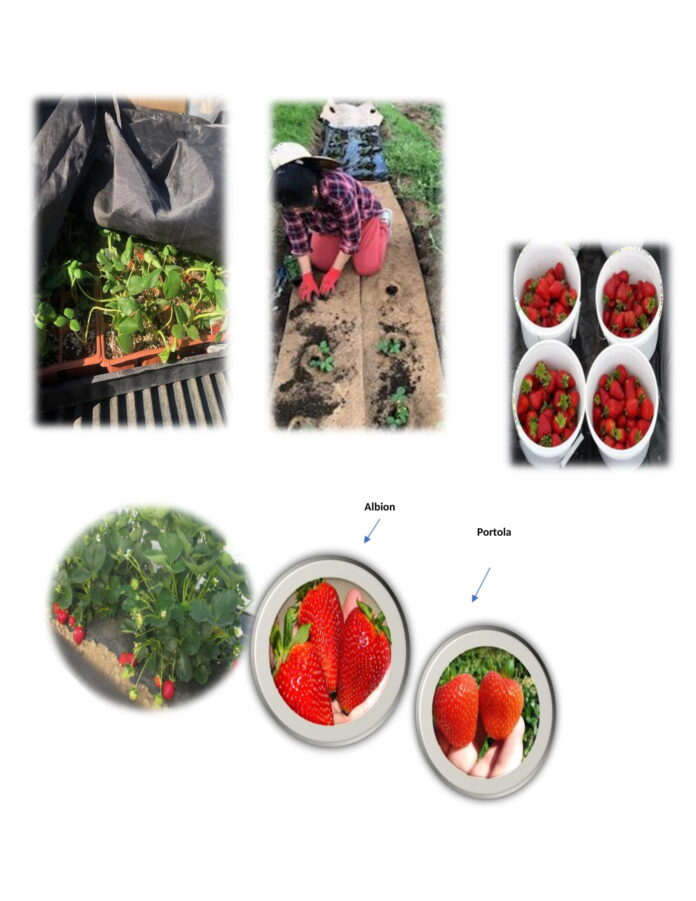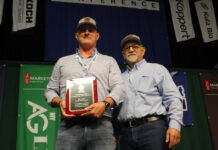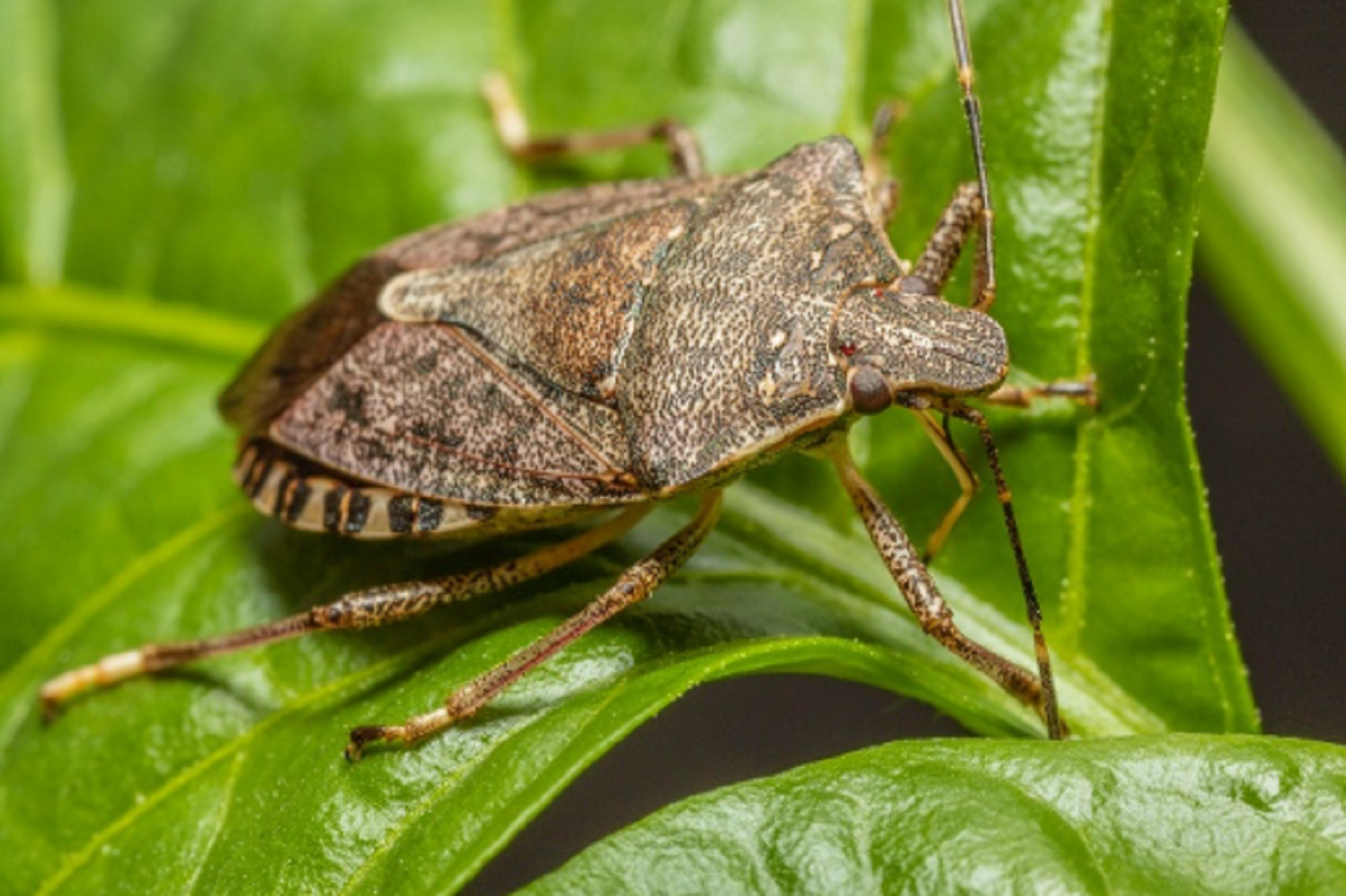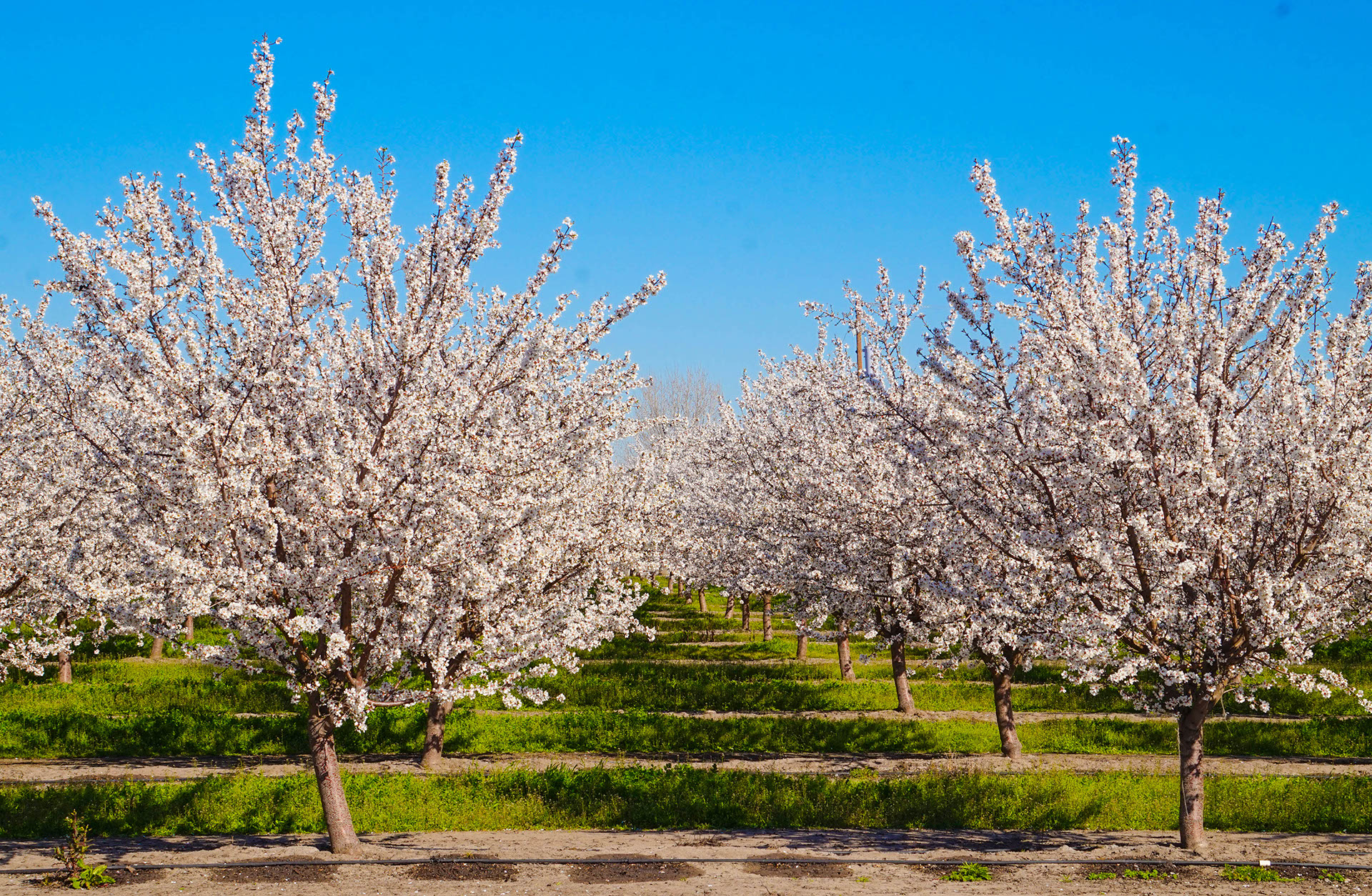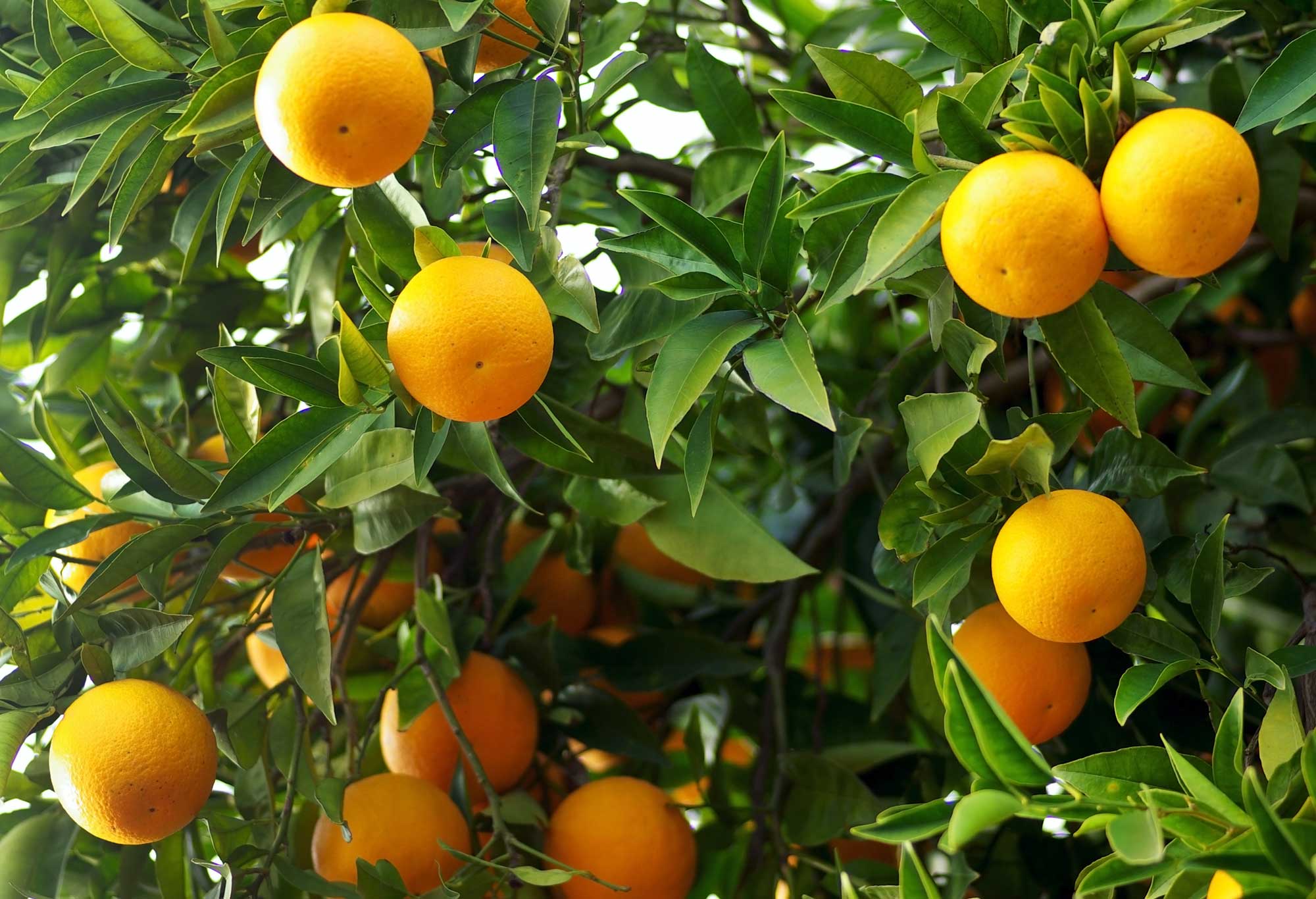Listen to the audio version of this article (generated by A.I.)
Plastic film is widely used in crop production; however, growing environmental concerns call for reducing plastic waste. Biodegradable and bio-based mulches have emerged as promising alternatives that support sustainable agriculture. Small farms often prioritize sustainability and seek to reduce plastic waste in soil and food systems, particularly when bio-based mulches can match or exceed the benefits of traditional plastic mulch. However, limited data exist on the effectiveness of biodegradable paper and bio-based film in small-scale crop production, especially in areas frequently affected by heat and drought stress (Deschamps et al. 2021). Few studies have examined whether these bio-based films can competitively influence yield and fruit quality compared to standard plastic film.
Testing Five Mulch Treatments
A field experiment was conducted in a strawberry field in Redlands, San Bernardino County, California with two goals in mind:
• Investigate the impact of different mulch types on soil temperature, fruit yield and fruit quality at harvest.
• Identify the most appropriate bio-based film regarding yield and quality for growing day-neutral strawberries in a Mediterranean climate for the Inland Empire region.
The project began in 2024 and is now in its second growing season. The trial followed a randomized complete split-plot design with five treatments commonly used by small farms in California: polyethylene mulch, landscape paper mulch, coconut liner mulch, biodegradable plastic mulch and bare soil (control). The everbearing strawberry variety Albion was planted with 20 plants per plot, and each treatment was replicated three times. Mature fruit (90% to 100% red) was harvested twice weekly to measure total and marketable yield (fruit without defects). Three harvests were evaluated for fruit quality.
To assess the suitability and performance of each mulch type, soil properties (temperature, moisture and pH) were recorded daily. Fruit yield (fruit weight and number of fruits per plant) was measured biweekly, and fruit quality (soluble solids (degrees Brix) and color parameters (L* = lightness; a* = redness)) was evaluated at harvest, reflecting farm stand and U-pick market standards.
Statistical Models for Yield and Quality Metrics
Data were analyzed using SAS software, version 9.4 (SAS Institute Inc., Cary, N.C.). Normality was tested using PROC REG and PROC UNIVARIATE. Fruit yield data were analyzed using a linear mixed model (PROC GLIMMIX), and mean separation was conducted using the least significant difference (LSD) test. Fruit quality across three harvests was evaluated with PROC GLIMMIX, considering cultivar, mulch, year, time and their interactions as fixed effects, as well as harvest as a random effect. For day 0, fruit quality, cultivar, mulch film and their interaction were included as fixed effects in PROC GLIMMIX.
Coconut and Biodegradable Mulches Boost Yields
In 2024, there were significant treatment effects on total and marketable fruit yield (Table 1). Strawberries grown with the coconut liner mulch produced significantly higher total fruit yield (pounds per plant) compared to the other plastic mulch treatments.
Total and marketable fruit weight per plant was 38% and 33% higher, respectively, for plants grown with coconut liner and biodegradable mulch compared to bare soil (P < 0.0001). The black plastic and landscape paper mulches resulted in similar total and marketable yields (fruit weight per plant) to those grown on bare soil.

Fruit Size and Sweetness Show Minimal Mulch Influence
No significant differences were observed in total or marketable fruit size among mulch treatments during either production year. Similarly, no significant treatment or interaction effects were found for fruit quality (soluble solids content, degrees Brix) compared with bare soil. Soluble solids content at harvest was significantly affected only by cultivar (P < 0.0001). Albion strawberries had 31% higher degrees Brix than Portola; however, there were no significant differences in degrees Brix among mulches within either cultivar (Table 2).

Coconut liner and biodegradable mulches resulted in the highest increase in marketable fruit weight compared to other treatments. Albion showed significantly higher soluble solids content (degrees Brix) when grown with coconut liner and biodegradable mulches; however, varietal effects on fruit composition were also evident across treatments.
Overall, the use of biodegradable mulch showed a trend toward higher yield and improved quality in day-neutral strawberry varieties grown under trenching or hillside production systems.
This research was funded by JEHOVAH JIREH F Mobile Farm and UCCE. The author would like to thank JJM farm for allocating the field to conduct this trial.
References
Deschamps, S. S., & Agehara, S. (2021). Metalized-striped plastic mulch reduces root-zone temperatures during establishment and increases early-season yields of annual winter strawberry. HortScience, 54(1), 110–116.
Salem, A. A., & Helaly, A. A. (2019). Impact of mycorrhizae and polyethylene mulching on growth, yield, and seed oil production of bottle gourd (Lagenaria siceraria). Journal of Horticultural Science & Ornamental Plants, 9, 28–38.
Sharma, S., Pant, P., Sangwan, M., & Sahrawat, R. (2024). Effect of organic and inorganic mulch on growth, yield, and quality of strawberry cv. Winter Dawn. International Journal of Environment and Climate Change, 14(3), 377–382.
Luminare, M.-C., Iaco Mi, B., Szilagyi, L., & Cristea, S. (2024). Research on the impact of the mulching system on strawberry yield. ResearchGate.
Ahmed, M., Duis, K. E., & Coors, A. (2024). Microplastics in the aquatic and terrestrial environment: Sources, fate, and effects. Environmental Sciences Europe, 28(1), 1–25.

